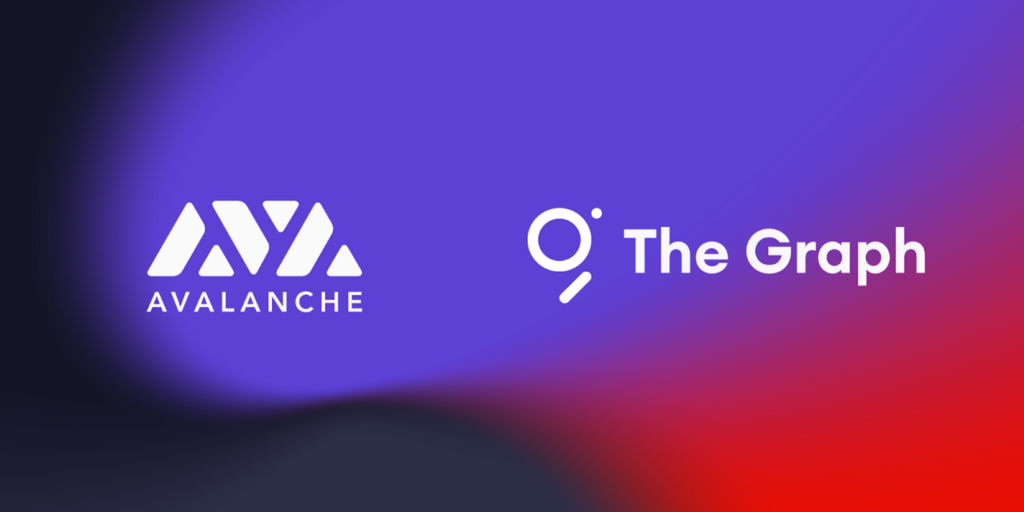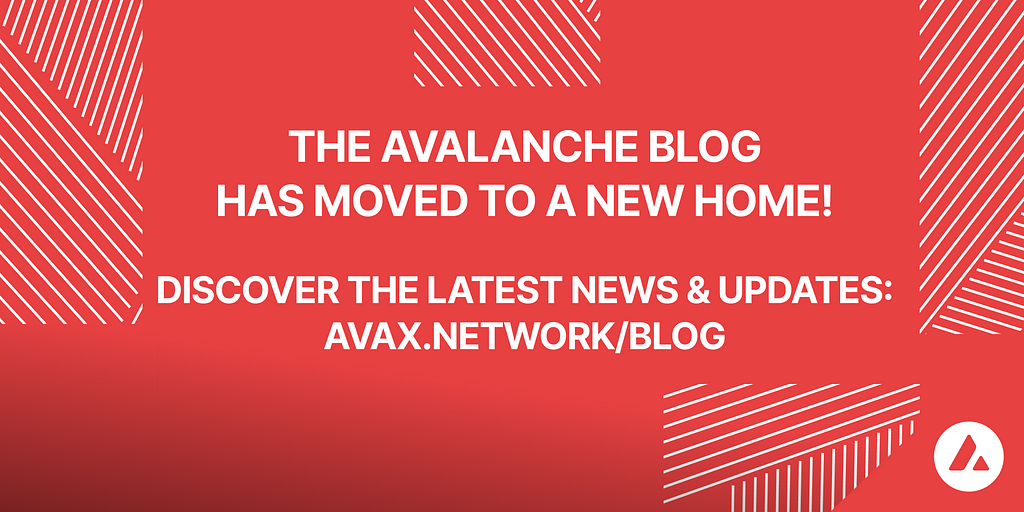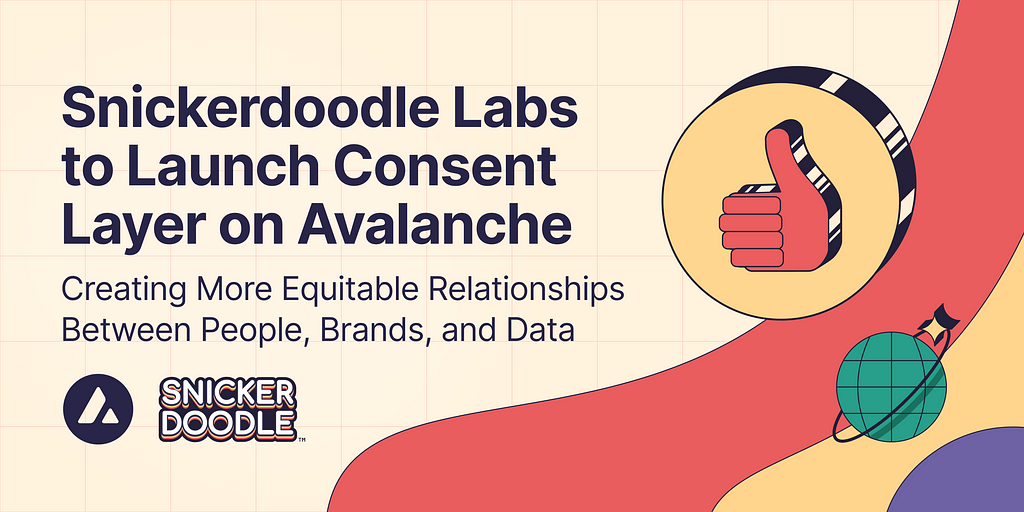Avalanche Integrates The Graph to Bring its Querying and Indexing to Avalanche
Dapp developers are now able to easily and reliably query Avalanche’s on-chain data within their applications via The Graph’s subgraphs

The Graph, the indexing and query layer of the decentralized web, is now integrated with Avalanche, the first decentralized smart contracts platform built for the scale of global finance, with near-instant transaction finality.
With The Graph integration on the hosted service, developers building on Avalanche can easily query custom on-chain data requests, without having to run a full node, via subgraphs, which are indexes of specifically-defined blockchain data. As of February 2021, over 9,000 subgraphs have been deployed with many more coming online as The Graph continues to expand its support across major layer 1 blockchains.
Expanded access to blockchain data hasn’t gone unnoticed by the Web3 developer community. In January 2021, The Graph’s hosted service saw queries increase to over 11 billion, with 100x growth during 2020.
This growth is also mirrored within Avalanche. Since the launch of the Avalanche-Ethereum Bridge (AEB) on February 8, 2021, smart contract activity on Avalanche has boomed, with transactions having increased by 2,007% to over 1,140,000, and unique wallets increasing by 2,834% to top 63,000.
Both Avalanche and The Graph strive for a more open, decentralized future for internet applications. Improving developer infrastructure and tooling will ultimately lead to fulfillment of this vision, with increased benefits for dapp developers and end-users.
The Power of Decentralized Indexing
The Graph fully decentralizes the API and query layers of Web3. With subgraphs (open APIs), devs can index, map, and query on-chain data using GraphQL, the native query language of the protocol,without running local or hosted nodes. Instead, the subgraphs are deployed to a registry, and subsequently, Indexers who stake and run a Graph Node will index the subgraph.
This process allows anyone to create and deploy a subgraph, and earn The Graph’s native token, $GRT, as a reward for running a Graph Node. End-to-end, there are no centralized intermediaries that control this process. Data is open and accessible to all network participants.
For developers, this means lower costs and shorter times in development as indexing blockchains have fewer participants, and there’s infinitely more trust as subgraphs are maintained by a decentralized network of nodes–the more nodes that join The Graph, the stronger the network becomes.
Build Powerful Dapps on Avalanche Using The Graph
Dapp developers can create highly performant applications by combining the power, speed, and ease-of-use unlocked through The Graph’s support of Avalanche.
Applications deployed on Avalanche will benefit from near-instant transaction finality and thousands of transactions per second, while developers using The Graph’s simple, responsive, customizable queries have complete control over their use of on-chain data. Interacting with other blockchains will also be seamless thanks to The Graph’s large, diverse set of subgraphs.
Developers can secure on-chain data with Avalanche and build an entire off-chain ecosystem using The Graph–all in a fully trustless manner.
Together, these technologies open the door for more developers to accelerate the journey from idea to implementation to market rollout. For more information on how to use The Graph with Avalanche, the following material is available: creating subgraphs, becoming an Indexer, delegation guide, and curator program You can find a demo about how to build a subgraph via The Graph using this here and here. Any technical questions can be asked on The Graph’s Discord.
https://medium.com/media/b8a596544f943e3618682869c7e2f97a/href
About The Graph
The Graph is the indexing and query layer of the decentralized web. Developers build and publish open APIs, called subgraphs, that applications can query using GraphQL. The Graph currently supports indexing data from Ethereum, IPFS, and PoA with more networks coming soon. To date, over 10,000 subgraphs have been deployed by 18,000 lifetime developers for applications, such as Uniswap, Synthetix, Aragon, Gnosis, Balancer, Livepeer, DAOstack, AAVE, Decentraland, and many others.
If you are a developer building an application or Web3 application, you can use subgraphs for indexing and querying data from blockchains. The Graph allows applications to efficiently and performantly present data in a UI and allows other developers to use your subgraph too! You can deploy a subgraph or query existing subgraphs that are in the Graph Explorer. The Graph would love to welcome you to be Indexers, Curators and/or Delegators on The Graph’s mainnet. Join The Graph community by introducing yourself in The Graph Discord for technical discussions, join The Graph’s Telegram chat, or follow The Graph on Twitter! The Graph’s developers and members of the community are always eager to chat with you, and The Graph ecosystem has a growing community of developers who support each other.
About Avalanche
Avalanche is an open-source platform for launching highly decentralized applications, new financial primitives, and new interoperable blockchains. Avalanche democratizes financial markets and bridges all blockchain platforms together into one interoperable ecosystem. It’s established to help build your own custom blockchains or digitize any assets with arbitrarily complex rulesets.
Avalanche uses a path-breaking consensus agreement framework and a smart contract platform that can confirm deals within one second, it supports the full content of the Ethereum development kit and makes millions of complete block producers possible.
![]()
Avalanche Integrates The Graph to Bring its Querying and Indexing to Avalanche was originally published in Avalanche on Medium, where people are continuing the conversation by highlighting and responding to this story.


